The anatomy of a face: Inside Atia Rahman’s world of prosthetic makeup

To most people, a face is a face. To Atia Rahman, it's a map of memory, trauma, identity, and fiction. When she works, she is not just applying makeup but rather layering psychology, reconstructing time, and adding evidence to a character's backstory. Her job is not to beautify, it's to build a believable lie. Simply put, in Bangladesh's emerging world of screen prosthetics, Rahman is proudly defining what the work even is.
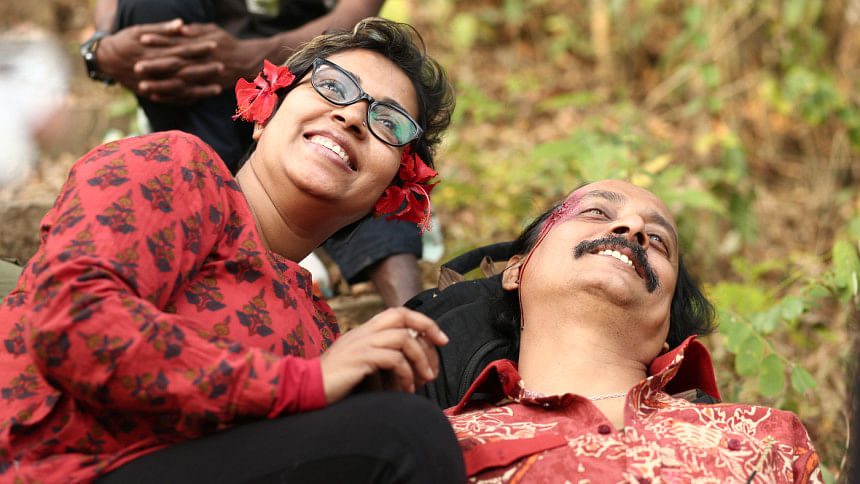
A web of mentorship and grit
"I didn't want to just do makeup," Rahman begins, "I wanted to do transformation." Her voice doesn't waver when she explains why she chose prosthetics over more conventional makeup paths.
In her mind, the face is a battlefield of emotion, pain, history, and imagination. And prosthetics? That's her weapon of choice.
Her journey took shape in Mumbai, where Rahman trained under renowned artists like Yasmin Rodgers and Bharat Godambe.
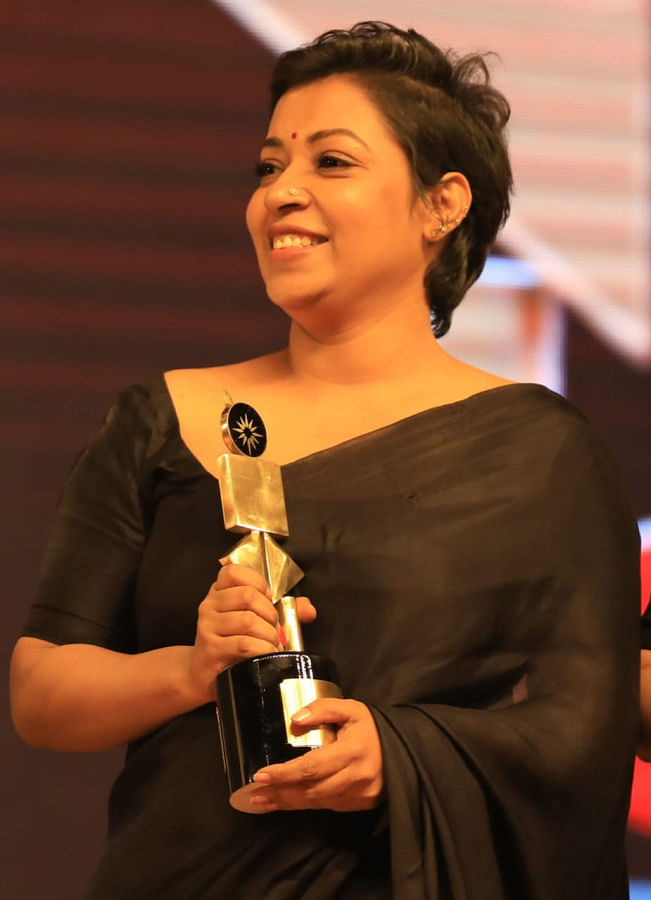
She recalls Yasmin's relentless belief in her: "Even when I wanted to go home, she made sure I finished all my classwork. She didn't stop believing in me."
Other names like Varuna Rana and Sayantoni also form what Rahman calls her "power bank for life." The support did not just come from industry professionals — her mother and Ashfika Rahman, too, remain her emotional anchors.
This foundation of discipline and care would later be crucial in an industry that demands both endurance and improvisation.
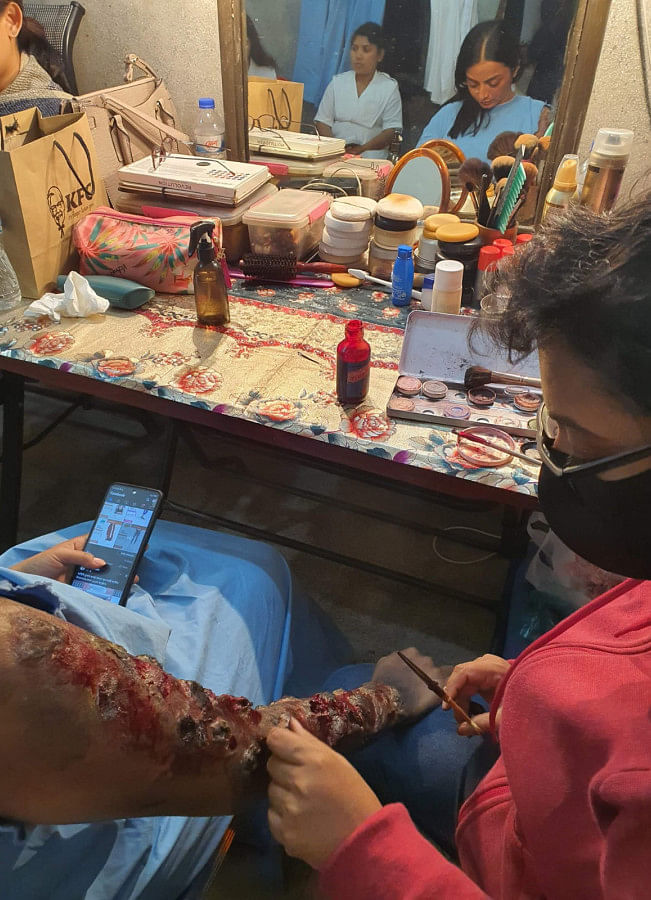
What it takes on set
Working on a Bangladeshi set with prosthetic makeup is anything but ideal.
"We don't even know what we're allergic to most of the time, except maybe food," she says. Latex, for instance, is a common prosthetic material that she herself is mildly allergic to. But there's more: prosthetic materials demand stable, cool environments, something most Bangladeshi sets don't provide. "These materials are designed to be stored in refrigerators," she explains. "That's rarely an option here."
Beyond technical barriers, there's the emotional labour.
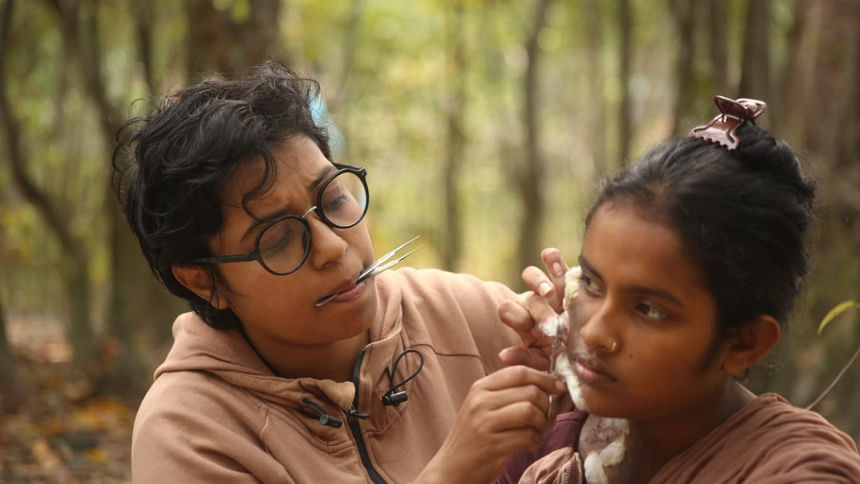
Rahman doesn't slap on a scar or burn without understanding its backstory. For Daagi (2025), she consulted not just directors but also victims, doctors, and her painful memory — Rahman herself is a burn survivor. She details, "I need to know how the burn happened, the angle, the intention behind it: Was it rage? An accident? That changes everything." It's part makeup, part forensic reconstruction.
She researches meticulously: the degrees of burns, the discolouration timelines, and even whether the victim was sitting or lying down when attacked. A character's injury is not just visual; it's psychological, situational, and deeply anatomical. "I'm not a doctor," she says, "But I have to talk to doctors just to get this right."
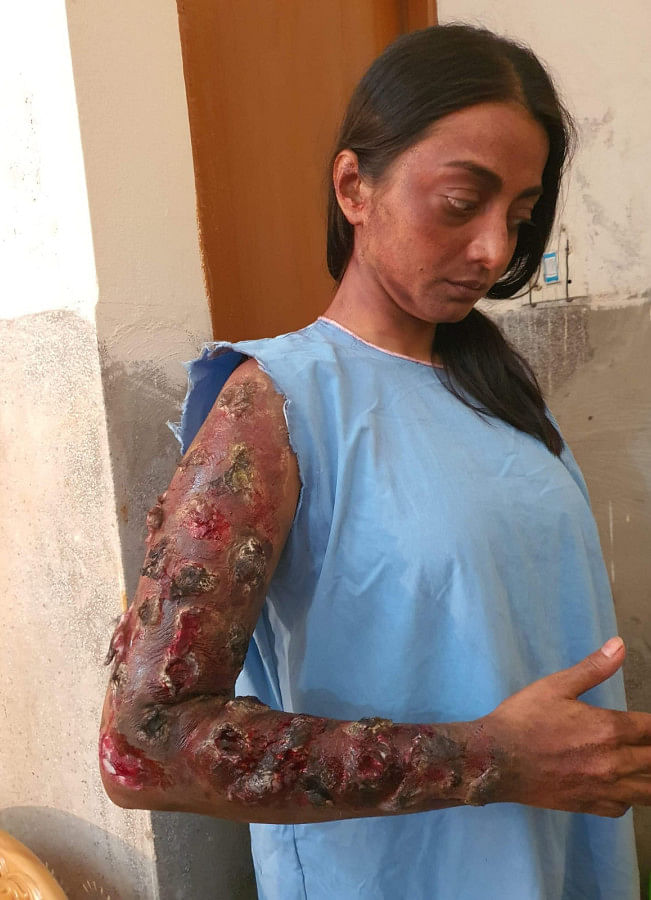
The anatomy of realism
This pursuit of realism means even basic materials like alcohol, essential for cleaning prosthetic adhesives, become a barrier.
"In Bangladesh, 75 or 99 per cent alcohol is considered restricted because of its use in operating theatres. So, I face harassment just trying to buy what I need to do my job," she remarks.
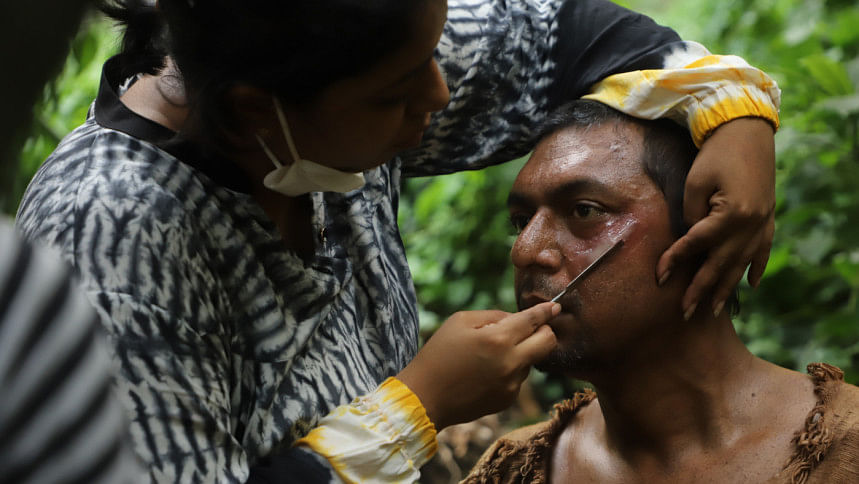
Without proper cleaning, prosthetics can cause rashes or worse. "Imagine trying to remove a bald cap without the right alcohol; it just doesn't work."
It's not just about artistry but also chemistry, logistics, and negotiation.
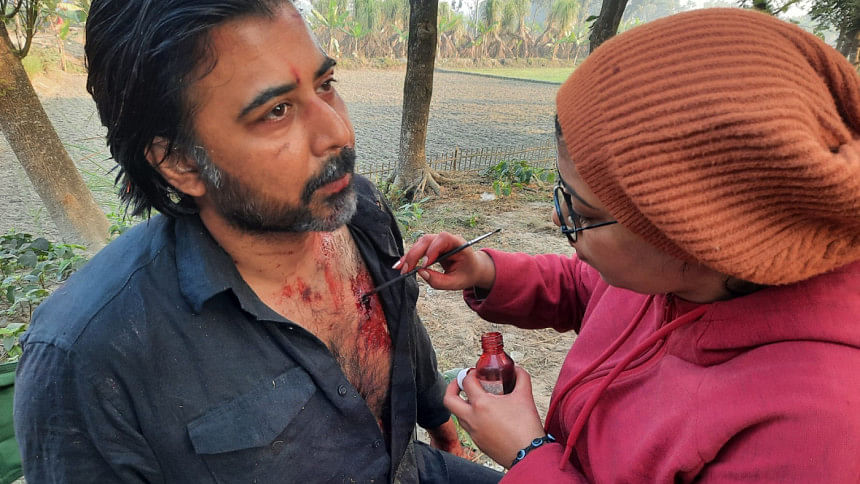
Changing tides in the Bangladeshi industry
When Atia started, prosthetic makeup was seen as "too foreign". Now, productions like Karagar (2022), Kaiser (2022), Daagi (2025), Virus, and Rongila Kitab rely on her expertise to tell richer stories.
Rahman explains, "Directors and producers are finally curious, and curiosity is turning into commitment".
That shift, however, is slow. Materials are still imported. Training is scarce, and the budget is often minimal. However, the demand is growing, not just for fantasy aesthetics but for textured realism: scars, ageing, psychological wounds made visible.
And that's the space Rahman is carving out, scar by scar, wrinkle by wrinkle. Her recent win for Best Makeup Artist at The Daily Star's OTT & Digital Content Awards is proof of that journey, not of embellishment but of embodiment.
In an industry still finding its visual language, artists like Atia Rahman are helping write a new one. It might not be a glamorous job, but it certainly is transformative and impactful. And it has only just begun.
Photo: Courtesy

 For all latest news, follow The Daily Star's Google News channel.
For all latest news, follow The Daily Star's Google News channel. 


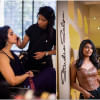
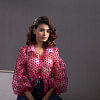




Comments